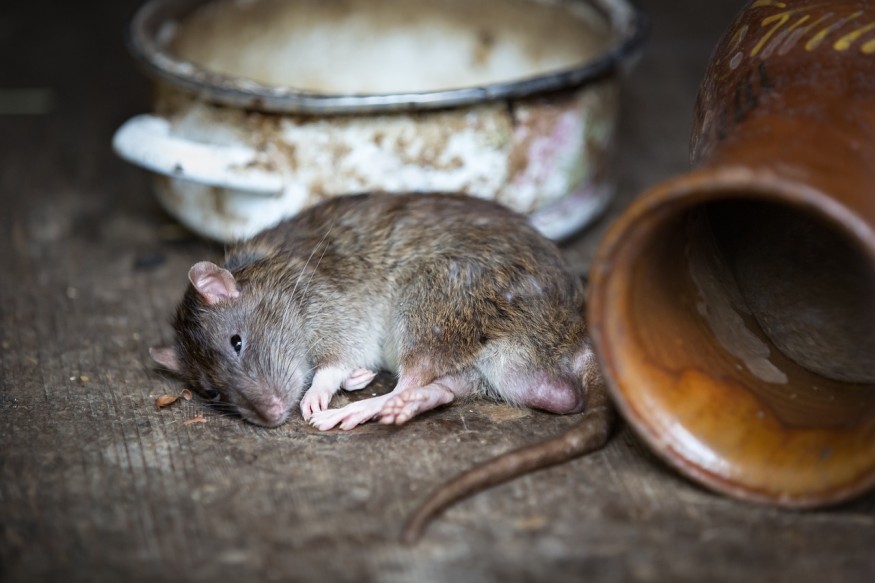A rat extermination plan is underway in New Zealand as the country plans to kill all rats nationwide to protect its native birds. The non-native and invasive rodents have been blamed for driving the country's local birds to extinction. The small mammals are in addition to other predators the avians are facing in the island nation. The New Zealand government expects the initiative to be completed by 2050.
For years, New Zealand has been dealing with serious rat problems. In particular, the 'ship rat' and 'Norway rat' are known for eating birds and other small animals like chicks and lizards, as well as their eggs. Being omnivores, the rodents are considered pests by people and also competitors to the food source of native wildlife across the island.
Rat Extermination Plan

One of the many instances that the New Zealand rat extermination plan has kicked off is the presence of non-profit, volunteer community called Predator Free Miramar. On Sunday morning, June 25, the group gathered in the Miramar area of Wellington, New Zealand's capital city, to get rid of the rats, the BBC reported. Members of the organization carried butter, which is ideal bait for the rodents.
Each volunteer is tasked to check a patch of land to know if there are coil traps and bait boxes laced with toxin. Miramar volunteers aim to eradicate the remaining rat population across the peninsula, and such initiative is also the same countrywide.
Rat Infestation Problem
In addition to ship and Norway rats mentioned earlier, the Kiore, also called Pacific or Polynesian rat, are a growing problem. The threat is evident since the New Zealand rats are all introduced as pests and threaten to the survival of long-term species, according to the country's Department of Conservation (DOC).
The DOC government agency describes the ship rat (Rattus rattus) as the most common rat species found in the country. In terms of size, it is the smaller of the two European rat species. R. rattus, which are found across the three main islands of the country and many of its offshore islands.
Meanwhile, the Norway rat (Rattus norvegicus) are connected with human activity and found in urban areas for existing in over 60 offshore islands.
The arrival of both ship and Norway rats are a result of European expeditions to New Zealand, while the Kiore was from the migration of Polynesian across the Pacific Ocean.
Rat-Free Future
In a theoretical sense, New Zealand and its concerned people are hoping for a rat-free future should the alternative method for eradicating the rats.
Rat infestations have been reported not only in New Zealand but also in other countries worldwide, including the United Kingdom.
Earlier this year, the Daily Mail U.K. cited a new research which used a rat map to show that the Swansea, Southwark, and Birmingham areas to be the most affected.
© 2025 NatureWorldNews.com All rights reserved. Do not reproduce without permission.





